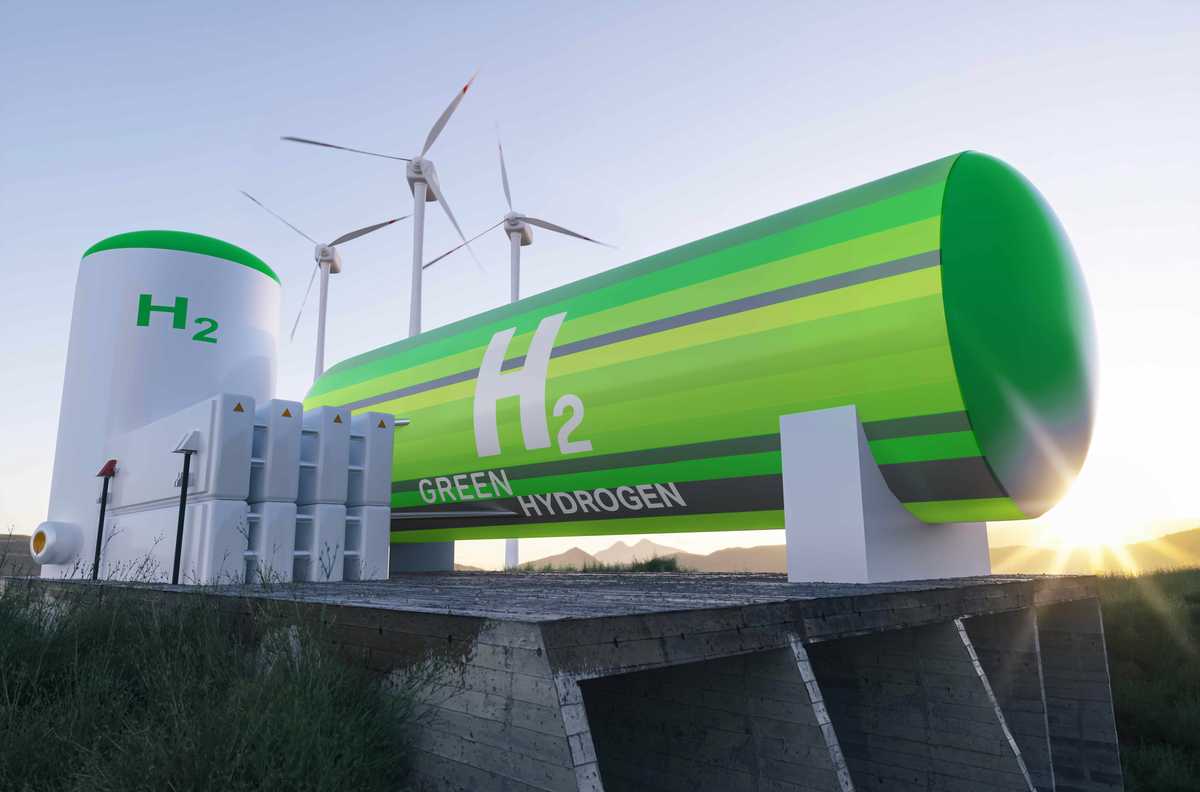Low-emission hydrogen growth held back by lack of policy support – IEA
The International Energy Agency (IEA) warns that sluggish policy implementation is a major impediment to the expansion of low-emission hydrogen production.
 PHOTO: Getty Images
PHOTO: Getty Images
The IEA estimates that low-emission hydrogen production will reach 38 million mt/year by 2030, assuming that currently announced projects are completed. Around 75% of this is projected to be green hydrogen and 25% blue hydrogen.
Green hydrogen is produced from water electrolysis, using renewable energy to power electrolysers. Blue hydrogen is produced through steam methane reforming of natural gas coupled with carbon capture, utilisation, and storage (CCUS).
Production capacity increases could be delayed by "lengthy time lags between policy announcements and implementation”, according to the IEA.
Need for swift policy action
“Lagging policy support and rising cost pressures put investment plans for low-emissions hydrogen at risk,” IEA says in its latest report. “Interest in new hydrogen projects remains strong, but a challenging economic backdrop means timely rollout of policy support is needed to deliver investments.”
A number of governments around the world have announced incentives for first movers to encourage low-emission hydrogen projects. The IEA cites the US Clean Hydrogen Production Tax Credit, the EU's Important Projects of Common European Interest and the UK Low Carbon Hydrogen Business Model as crucial examples. It notes, however, that there is a significant delay between policy announcements and actual implementation.
“This is hindering investment decisions for planned projects whose economic feasibility depends on public support, a situation that has worsened due to the impacts of inflation,” IEA cautions. The energy watchdog urges governments to implement these policies as soon as possible and to deploy funds pledged as part of the policy.
The IEA recommends that governments take "bolder action" to create demand, such as imposing regulatory quotas or mandates that can force existing applications to switch to low-emission hydrogen. "Technology-neutral regulations" like carbon taxes or emissions trading schemes could complement these measures in priority sectors like shipping.
Another hurdle to scaling up production has been obtaining permits and certifications. The IEA proposes globally recognised green certifications that include the emission intensity of hydrogen production, which can ensure hydrogen's credibility. Regulatory barriers could be removed by enhancing the efficiency of licensing and permitting processes.
Financial aid to combat inflationary pressure
According to the IEA, inflationary headwinds have pushed producers to increase capital and financial costs for low-emission hydrogen projects, threatening their financial viability.
“For hydrogen produced from renewable electricity, for example, an increase of 3 percentage points in the cost of capital could raise total project cost by nearly one-third. Several projects have revised their initial cost estimates upwards by up to 50%,” the IEA explains in the report.
As a solution, the IEA advises governments to provide financial assistance to producers reeling under inflationary pressures. This could include "loan guarantees, export credit facilities or public equity investment in projects", it says.
Finally, it calls on advanced economies to offer "concessional finance" to support innovative projects in emerging markets and developing economies. Concessional loans have longer repayment periods and lower interest rates than traditional loans.
By Konica Bhatt
Please get in touch with comments or additional info to news@engine.online





